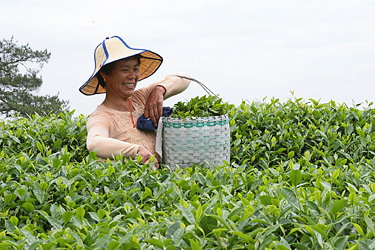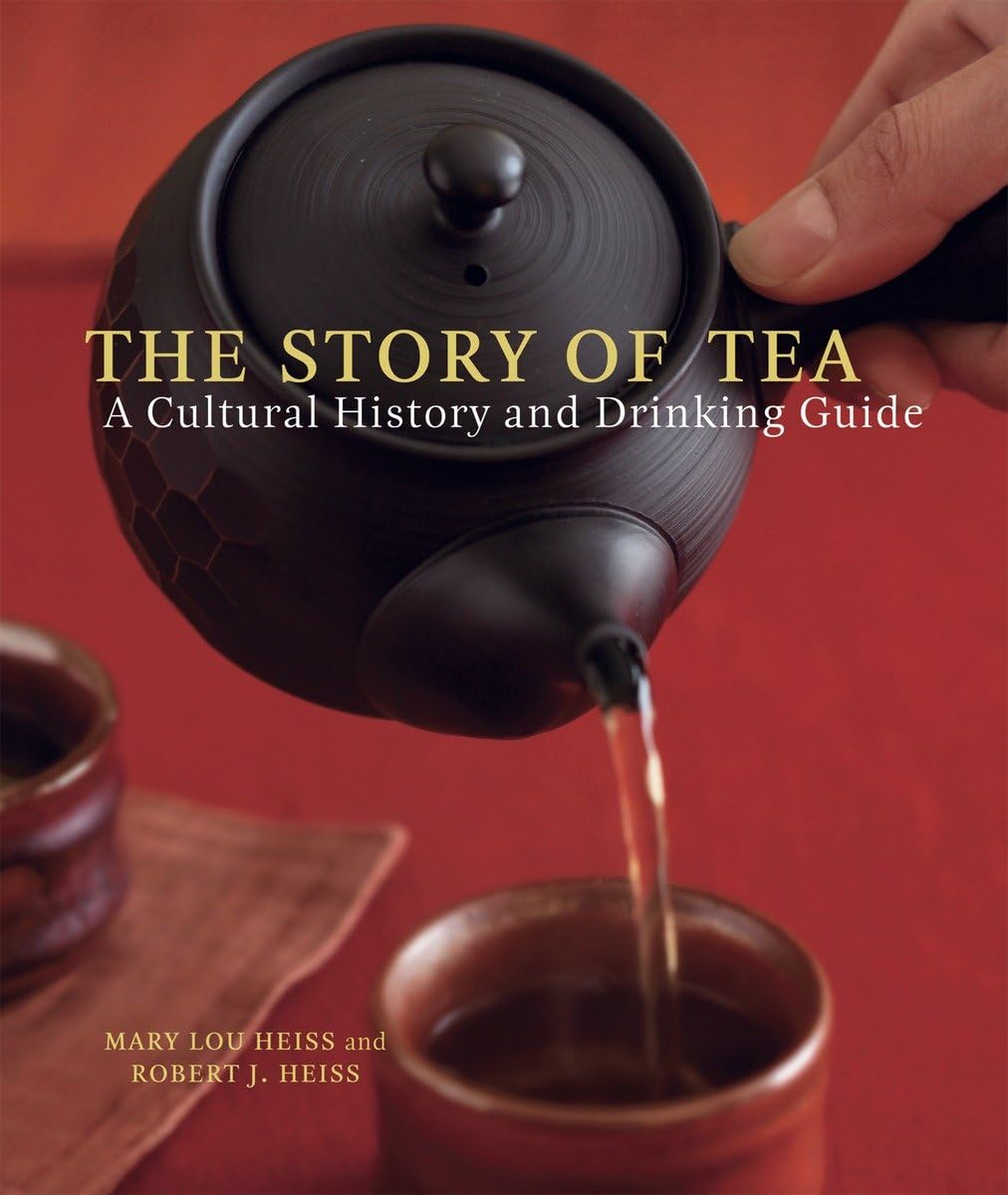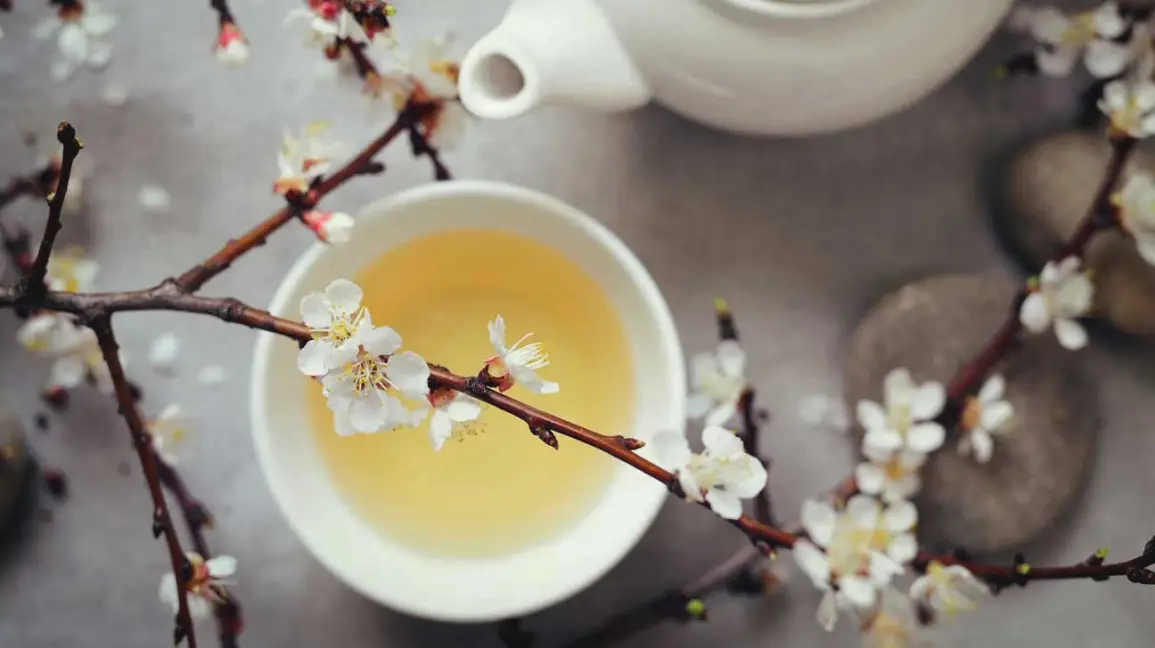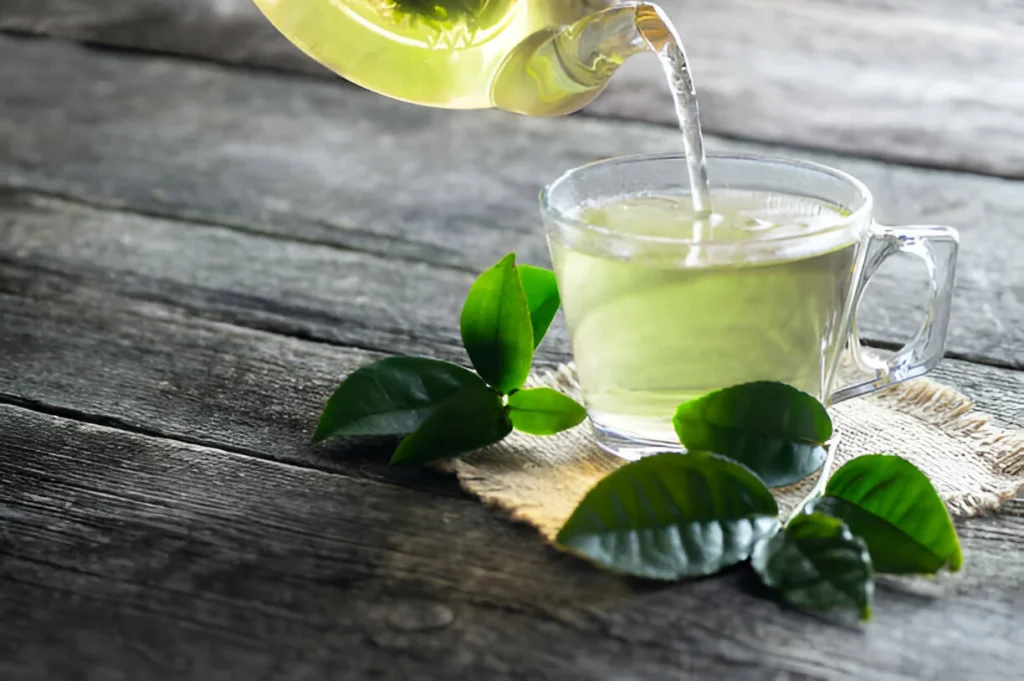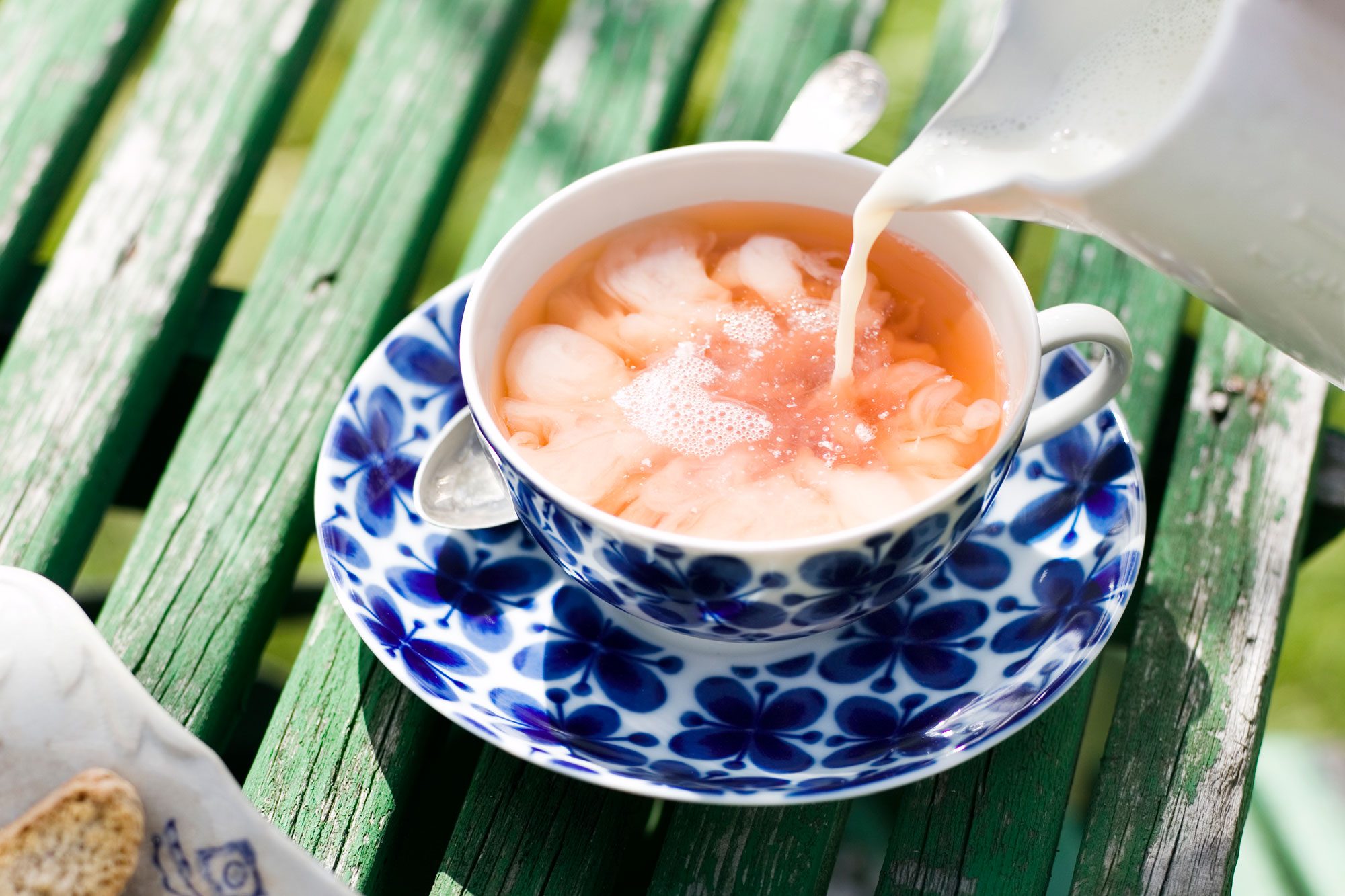When I think of tea, I think of the pure, unadulterated leaves and buds of the Camellia sinensis plant. Tea, in its truest and most traditional sense, comes from this remarkable bush, a plant that has been cultivated, revered, and enjoyed for centuries.
Tea Is
True tea is the product of the Camellia sinensis plant, which includes three main varietals:
- Camellia sinensis var. sinensis – The small-leaf China bush, known for its refined, delicate teas.
- Camellia sinensis var. assamica – The large-leaf India bush, celebrated for its bold and robust flavors.
- Camellia sinensis var. cambodi – The medium-leaf Java bush, a less common but equally fascinating varietal.
Beyond these cultivated varietals, there are the wild-growing, ancient tea trees and indigenous bushes found in places like southwest China, Laos, Myanmar, northern Thailand, and northern Vietnam. These trees carry centuries of history in their roots and leaves, producing teas with deep, complex characteristics. In addition, modern cultivars developed in the 20th and 21st centuries bring innovation to the tea world while staying rooted in tradition.
Tea Is NOT
Tea, in its classical definition, is not:
- A product made from roots, stems, flowers, seeds, or fruits of other plants. While beverages like peppermint or chamomile are often referred to as “tea,” they are more accurately called herbal teas, tisanes, or infusions.
- A ready-to-drink (RTD) bottled beverage commonly found on supermarket shelves.
- An instant powder meant to dissolve in water for a quick drink.
True tea comes from the leaves and buds of Camellia sinensis—nothing else.
The Six Classifications of Tea
Tea is categorized based on the way its fresh leaves and buds are processed. From these methods arise six main types of tea, each with its unique characteristics:
- Green Tea – Light, grassy, and fresh, minimally oxidized.
- Yellow Tea – Rare and subtly mellow, with gentle oxidation.
- White Tea – Delicate and airy, often the least processed of all.
- Oolong Tea – Complex and fragrant, sitting between green and black teas in oxidation.
- Black Tea – Bold and robust, fully oxidized.
- Hei Cha (including Pu-erh) – Fermented teas with earthy, deep flavors that often improve with age.
No matter what tea you’re enjoying, it falls into one of these six categories, showcasing the diversity that stems from a single plant.
The Science Behind Tea’s Flavor and Effect
What makes tea so beguiling is its complex chemical makeup. Each sip is a balance of compounds that create its flavor, texture, and effects.
- Caffeine: Tea’s primary alkaloid, caffeine provides a gentle stimulation and astringency that wakes both the mind and palate.
- Tannins: These plant flavanols (catechins) are antioxidants like EGCG (epigallocatechin gallate) that contribute to tea’s health benefits. They also give tea its structure and a touch of pleasant bitterness.
- Theanine: This amino acid gives tea its smooth, umami-like flavor and counterbalances the stimulating effects of caffeine, creating a calming energy unique to tea.
Why Tea Matters
Tea is so much more than a beverage—it’s history, culture, and science wrapped in one. From the tranquil gardens where it’s grown to the intricate processes that transform its leaves, tea is a marvel of nature and human ingenuity.
For me, understanding what tea truly is—its origins, classifications, and chemistry—adds depth to every cup I drink. It’s a connection to a global story, one that continues to unfold with every steep.
